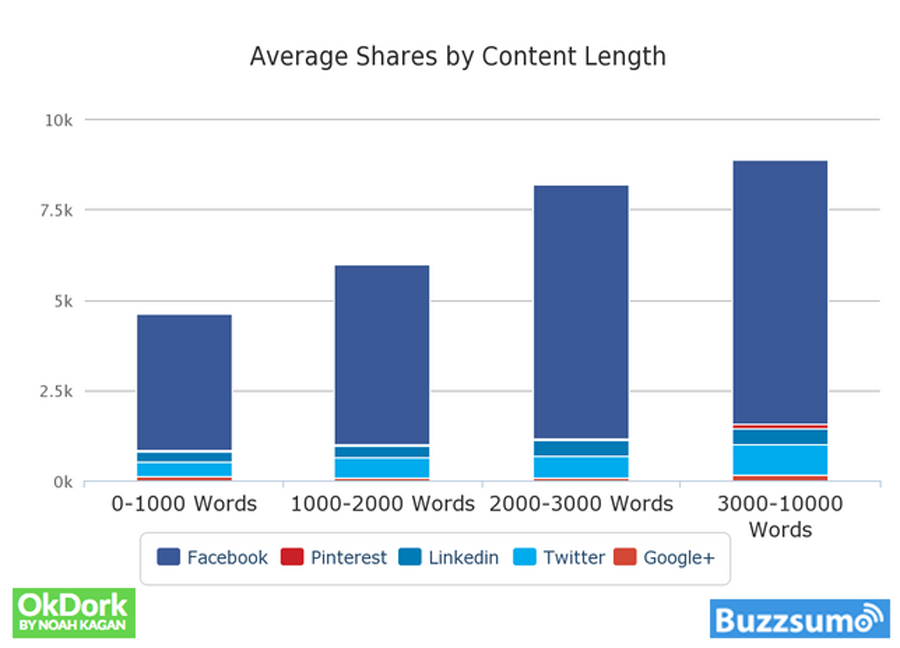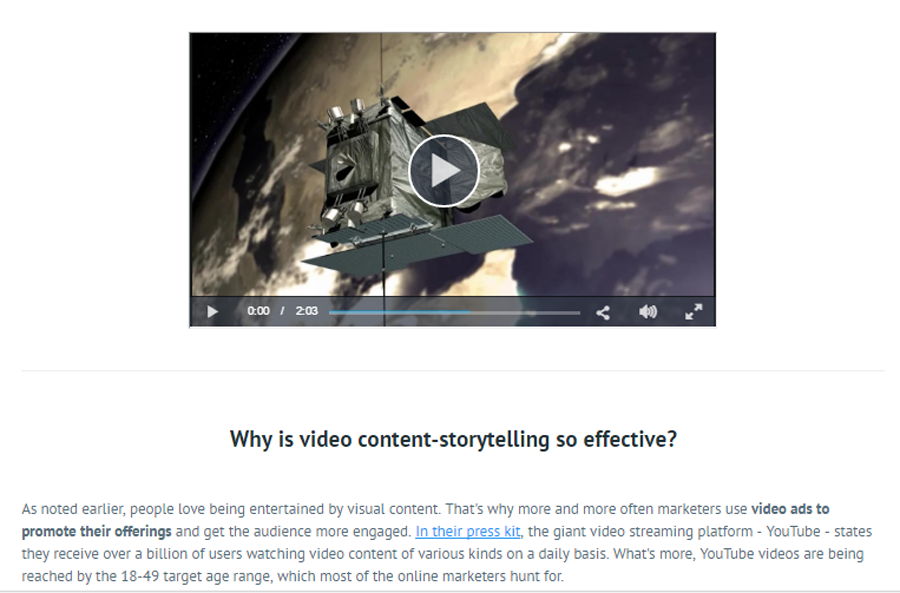Why You Should Recycle Your Website Content
Who says old content on your business website can’t be revived? Lately, businesses have been recycling their content to increase brand awareness and reach out to multiple people and customers in a way they understand. Some online users might not read and learn more through video. Or people who don’t have enough time, repurposing blog posts into infographics gives them a quick summary of the info they’re looking for. Reuse your old blog posts to give a new way of understanding from a perspective existing and new users can relate.
Types Of Content
Being able to recycle content is available in many forms. Some can be combined into others where they work together to achieve the best message.- Blog posts
Blog posts are the best way to reach out to readers whether in long-form or short-form content.
- Videos
For those who don’t have a lot of time on their hands, video’s provide a way to quickly get your point across without people skimming through written content.
- Tutorials
Educate your audience to teach how something is done. This can be in the form of videos, posts, infographics, and more.
- Infographics
You can provide all the information from a blog post into an infographic and still maintain the best information needed to get your point across.
- Interviews
Interviewing an expert on a topic is a way for your audience to learn about the best knowledge out there. With expert knowledge, your site becomes more credible.
- White papers
This long form content gives a more in-depth knowledge on a topic and can be a useful resource.
- Slide decks
An overview of one of your existing posts can be taught in a classroom for students or people wanting to learn more about a topic. Slideshare is a familiar place for online presentations.
- Webinars
A classroom-like setting shows content in one place. It can be in the form of videos, presentation slides, infographics, etc.
- Podcasts
Podcasting offers a unique way your audience can listen to your content and connect with your brand.
- E-books
A more detailed version of a blog post, e-books give the reader more information and context.
Why is Recycling Your Content Important?
Even when you’ve run out of ideas, converting the same information in a blog post into a video or infographic reaches out to new audiences. Reaching a new audience increases your brand awareness. Someone who doesn’t favour reading but watches videos will likely buy into this visual content you’re publishing. A visual learner benefits from an infographic or webinar.
Understanding your buyer persona is important when considering the audience you’re reaching and which platform to use.
Updating your older posts keeps your blog current with the ever-changing marketing industry. New ways of reaching out to new audiences keep you up to date with the changing environment.
Repurposing content helps with the reliability of your message.
You wouldn’t want your old posts being left behind with no information being shared. The point of our marketing strategy is creating new audiences and understanding your buyer personas and what content they like.
How Do You Recycle Your Content?
You’ll need to identify your most popular content, starting with evergreen posts with the most shares. This gives your blog a boost in traffic as well as new target audiences. Articles between 3,000 and 10,000 words go viral. Most sites don’t create long content, but the more information, the more robust the article is.

Image source: okdork.com
Short content is less likely to be shared due to so many being on the web. It’s less competition with evergreen content. Check your website analytics and social media analytics.
For example, white papers and evergreen posts do well on LinkedIn. Business people are familiar with the more in-depth content. A white paper is useful for the user who is looking for more context on a certain topic. For Pinterest users, an infographic is helpful when reaching out to them in a way they want. You can link that infographic to your blog post for more website traffic.
All your content should have one main idea.
Most importantly, think about your audience. Your audience should come into mind when recycling each type of content. The information is there, so tailoring it to the appropriate audience is key.
Everyone receives information in a different way. You have an idea, or already know your buyer persona, so understanding them and how they receive information is important when recycling content. Even combining content into one is helpful.

Add a few more paragraphs to update the changing online environment. Content not updated reduces your website credibility. Post content on other websites. Using the same message, reach out to a broader audience with a different platform. This increases your brand awareness and introduces a new audience to your blog. For the best organic ranking, use the same keywords, but change the headline. All forms of content have the same information in a different format. You might ask how do search engines know not to duplicate your content?
The former head of Google’s spam search team, Mark Cutts, demonstrated how Google’s search engine knows when duplicate content is created but is intelligent enough to recognise which recycled content valuable. When you repurpose your content in a variety of ways, the search engine knows to put all content on the organic search engine results page (SERP).
Google’s Web Search Console is good for online business owners who’ve recently launched their website. The search console is best for making sure users find a certain web page in the SERP. You can also submit a request to the search console for updates to existing website pages. What would happen if no new content was made for a month and old content was reused?
That’s what Buffer did in 2015. Their slide deck gave them nearly 200,000 views when they recycled an old blog post. Moz creates Whiteboard Friday for readers in the blog post and video form. With this consistently on their website, their message is reinforced through multiple platforms.
How Does Recycling Content Help Businesses Grow?

Everything works together in recycling your content.
Since E-books are also becoming more popular, it is another form of long content helpful with audiences to share on social media. With social media, share buttons are only a click away. Influencers in your industry can share your content and the more people who share, the more your content will go viral. Your brand awareness and new audiences will increase. With increase, you will have new buyer personas that will then change part of your marketing strategy.
A growing business is all about change. As generations grow and society changes, so do people and your content. The main point of repurposing content is to promote more of your content instead of thinking of new blog posts to write. This eliminates the constant brainstorming of new ideas and simply thinking of new ways to wake up your already used content to reinforce your message.
Get more to your email
Subscribe to our newsletter and access exclusive content and offers available only to MonsterPost subscribers.

Leave a Reply
You must be logged in to post a comment.